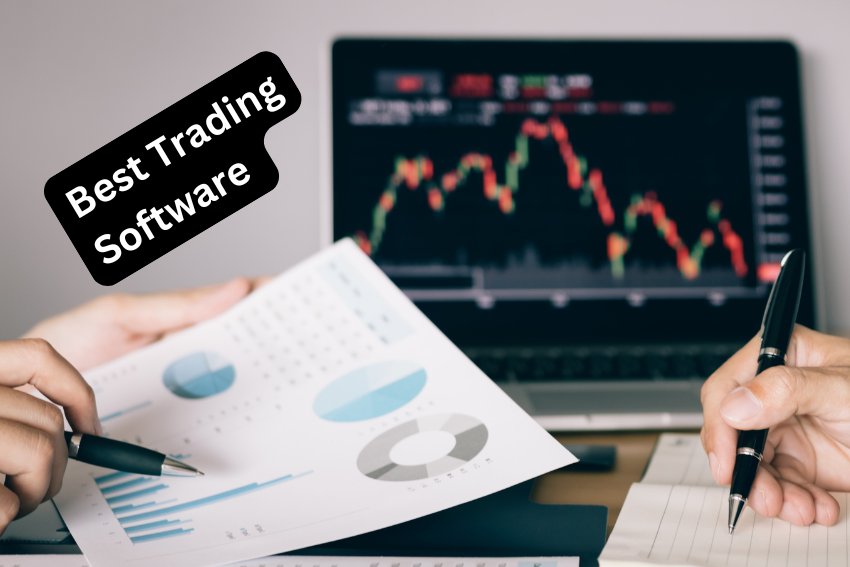Developing an automated trading system based on technical analysis needs setting up the parameters for the technical indicators. You may wonder if a strategy is more profitable if it is based on moving average crossover faster or vice versa. If so, how would you know?
It involves painstaking backtests (for each parameter) before you can compare results. Most of you would tend to settle for default values, given the fact that there are umpteen indicator parameters to consider. But are they ideal? If not, what can you do?
You need to have a good knowledge of coding or using software to run several backtests and develop a strategy you could use.
How to Optimize Parameters of your Strategies?
This question cannot have a single answer. It is a combination of solutions that answer this question thoroughly. You need first to create an algorithm before you can integrate it. Here are some strategies for optimizing the parameters:
Curve-fitting
Curve-fitting is what comes to mind instantly, which is an optimization technique that lets you know the future price curve of any asset. This technique makes trading ridiculously easy as all you need to do is go long on dips, and short on highs to make a killing.
With many parameters of indicators at play in any trading strategy, it is more likely than not that some parameters fit the price curve snugly. However, it takes an automated trading system to figure out the best combination based on historical data. Though, there is the risk of such a combination not being optimal for future data.
While facing such an issue, it is better to use a system designed to scan the backtest results of various combinations and find one that perfectly fits the curve. Optimization techniques include an option capable of running a forward analysis to develop the best combination that fits the curve.
Portfolio Test
Portfolio Test is comparatively a more straightforward testing method that evaluates the automated trading system’s behavior in different case scenarios. The strategy needs to be tested in various market conditions and different assets to assess how they work in several markets.
Not Passing the Test
How do you check the profit and loss ratio? The answer is simple; you continuously implement the trading strategies on a mock trading system to find out the profit and loss ratio. If the losses appear to be on the higher side, your input parameters and algorithm need to be tweaked slightly to enhance the results. This would call for in-depth knowledge of the market trends and a bit of math magic as well.
Trade Order and Skipping
Another trick is to change the trade order and closely watch out for the software’s effectiveness and the strategy that is adopted. The trade order change can drive the results, either way, positive or negative. That’s why any change in the trade order should be well-contemplated before testing. Skipping the trades gives you a chance to check the behavior of the strategies without getting hurt.
Parameters and Volatility
Trades are known to feature various parameters. The trick lies in tweaking these parameters, and the results will follow accordingly. An in-depth analysis of these results helps you optimize your trading strategies. Such tweaking always results in a marked change in the outcome of the process.
Mathematical Testing
Mathematical testing features several subtests, the most popular being the 3D parameter test. Other such mathematical tests include walk forward matrix, re-sampling, redesign, Bayesian Optimization, and batch processing, which are available as tools that can be used to optimize your algorithmic trading strategies and achieve a handsome return on investment (ROI).
Optimization and AI
Can Artificial Intelligence help solve optimization issues? Machine learning can help by splitting data into training data and testing data. This is a scenario where the algorithmic system optimization is used for finding the best parameters. Performance on training data and testing data needs to be consistent, which means optimization is desired.
How would you optimize a strategy based on historical data to work the same way on future data? Only a detailed analysis of the trading system can give you the answer. Successful hedge funds use such automated trading strategies by optimizing strategy based on historical data that will work well on future data.
Summing it Up
The optimization process of automated trading strategies should commence right at the time of testing of the algorithm. It is better if the process is tested in the various states of the algorithm. The states include finding the varying aspects of trading from automated design to the selection of relevant tools.






